What you hold in your hands is the manifestation of our last quarter’s research in the matters of Kinbaku and the aesthetic of suffering.
Who are we? And why do we do this?
We are a group of people, different ages, genders and nationalities, but all Berlin-based who came together to research Kinbaku. Or to put it more simply: we came together to tie. We came together to witness tying and to exchange about what happens in us and with us, when we tie or are getting tied.
We have no special qualification for that, none of us is a „master“. What bound us together was an interest. It was an interest to go deeper, to go beyond the patterns and figures, mechanically executed. There was an interest to share and to open up, even when the emotions or phantasies were not always initially considered beautiful.

There were people who inspired us to take on this research. First of all, Sugiura-san, who overlooks almost 50 years of contemporary Kinbaku and shaped the visual aesthetic of today’s Japanese Bondage made the effort to travel twice to Europe in the past two years to share his knowledge and his vision. I had the privi- lege to be present at both workshops, to witness the energy and passion of Sensei materialising his vision on the set, and to look over Riccardo’s shoulder tying for him.
In the end, it is about the tying. With rope we express our feelings and materialise our intentions. Therefore, a line can be drawn from Naka-san over Riccardo Wildties to most of us, who feel deeply inspired by the spirit and aesthetics of this style. As much the skillfulness of the two Kinbakushi inspires us riggers it is the expression and emotional depth of Iroha-san and Red Sabbath that makes them role models for the people who are tied.
Second, it was Berg Borg, who came to Berlin in April this year, with a suitcase full of books and prints and videos, to let us dive into the History of Kinbaku. During the weekend, indulging into the Showa-time I had a big realisation. Kinbaku started with words, with the folk stories, with the dirty phantasies and the „beautiful feelings“ Seiu Ito had in his childhood. And in that, nothing has changed. Kinbaku is in our heads, in our phantasies, in our stories way before it becomes alive. Kinbaku doesn’t happen on Instagram or Facebook. It started analog. It still is analog. It started in print. That’s why you hold this small journal in your hands, in a limited edition. It’s tangible. You can smell it. You can feel it. It makes a little subtle sound when you turn the pages.
You have amazing light, locations, furniture {in Europe}. Use it! Create Something.
Sugiura Norio (Copenhagen, 2019)
To understand Kinbaku, we need to study the Japanese culture and the Japanese arts that influenced this discipline. But we are not Japanese. We are of German, American, Russian, Bulgarian descent. So we chose to look into our cultures for the darkness, the expressions of suffering and the perverted phanta- sies that are born from these. Only what comes from within will nourish the expression we seek in our Kinbaku.
This journal covers our research over the past three months, September to November 2019. Autumn has arrived in Berlin. The wheat ripened and has been harvested in the fields outside the town. The daysare shorter and cold shadows crept in. The air became foggy and the trees are naked and bleak. Autumn stands for the abundance of the harvest and the decay of the rotten leaves. It stands for letting go and the grief connected to it, for death and the ghosts that open the gates to the underworld on Samhain. That autumn mood is present in what we produced.
So read on. We hope you find it inspiring. Sit down in a chair, take a tea or wine (or a whiskey when it pleases) and indulge yourself. We would be even more delighted, when you take it to bed, read it under the blanket – and get „beautiful feelings“.
December 2019 | Alexander MA


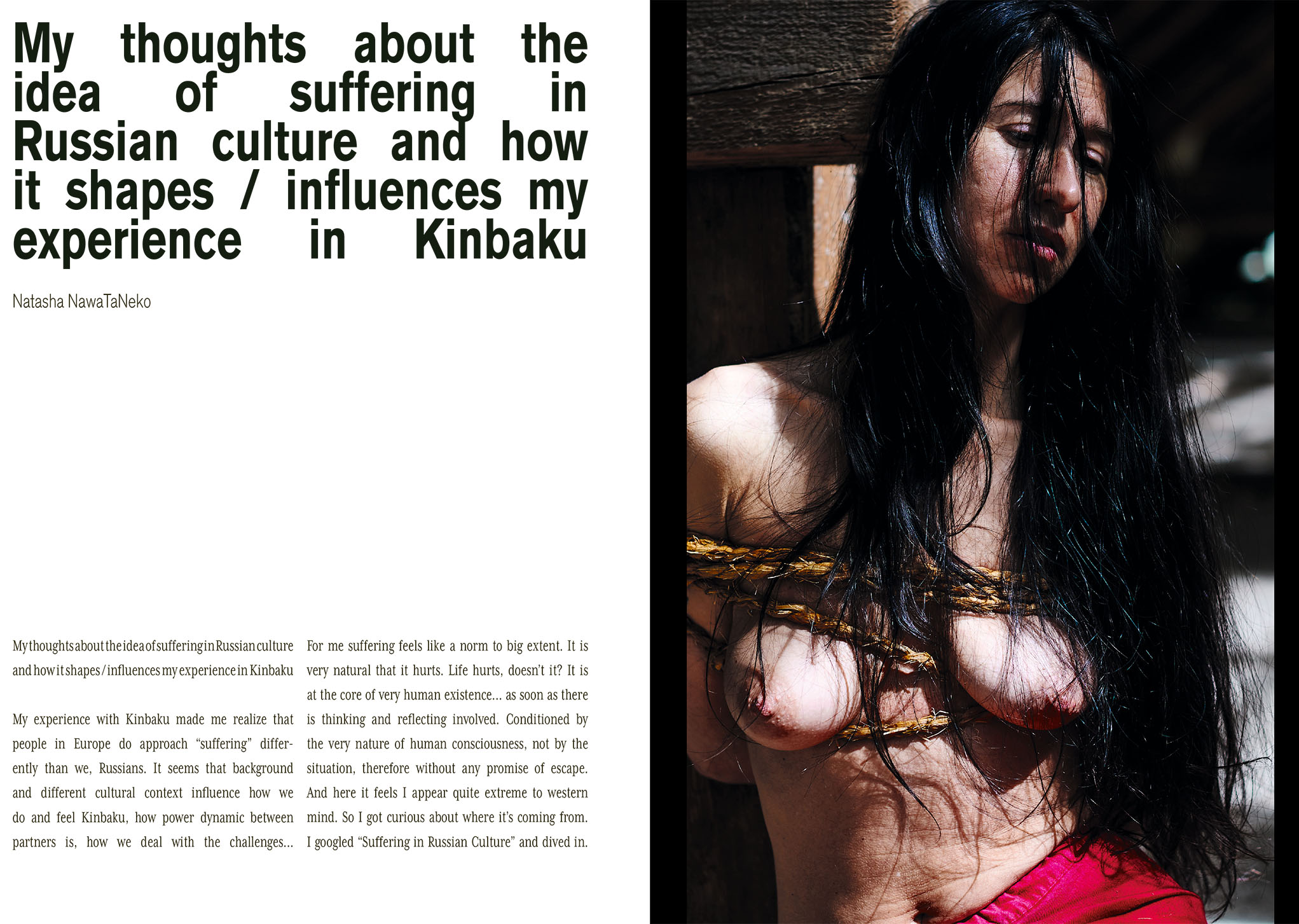
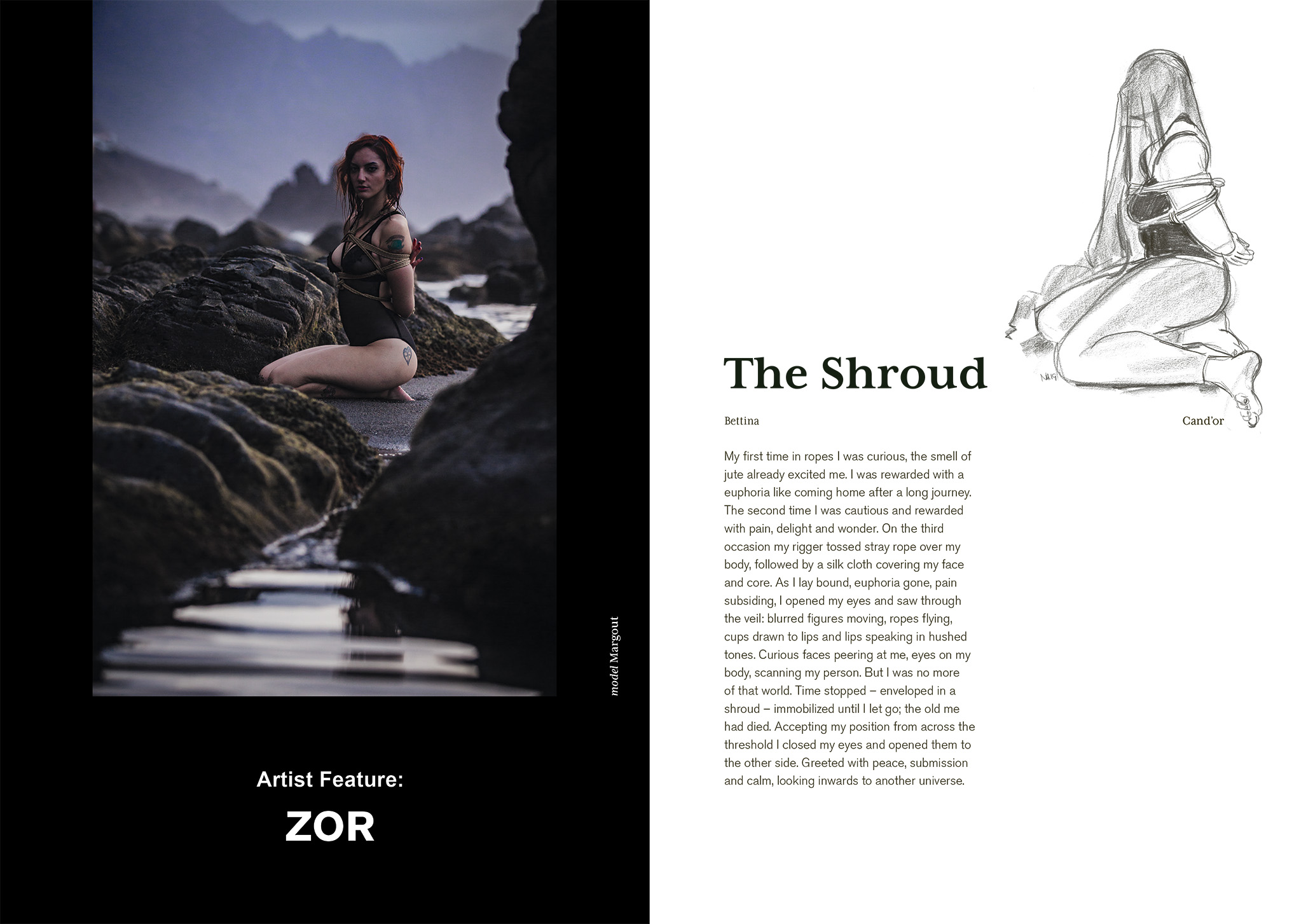
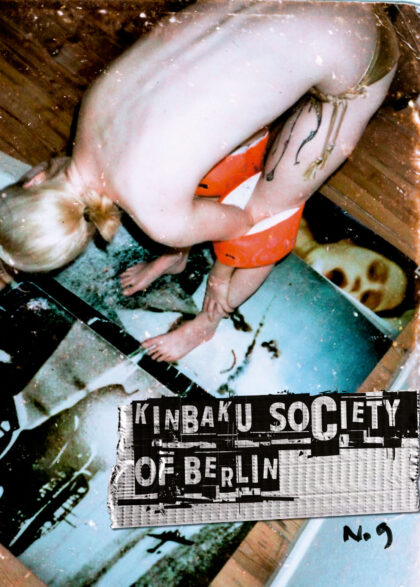
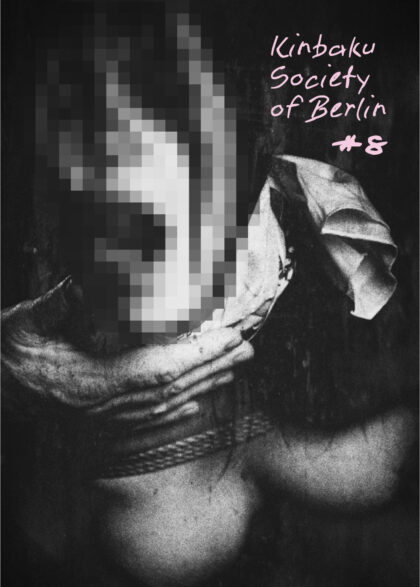
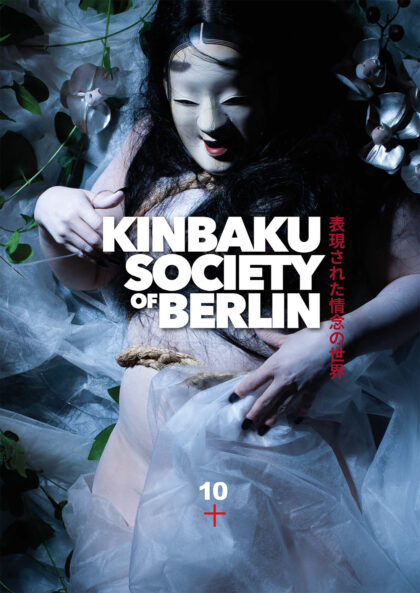
Reviews
There are no reviews yet.